Things to consider before heading out and buying a notebook


My mother needs a notebook, and I promised to get her one for Christmas. Since this is her first mobile computer -- she only used desktop PCs until now -- I had to make sure that I have covered all the bases before I made a buying decision.
This guide looks at the things that I needed to know, and others that I could decide on my own.
I made the decision to take her to a nearby electronics store to test some of the devices there, as it is usually better to see something with your own eyes than having it described to you only.
The list below is divided into two parts: first usability related features, and second technical features. I'm not including the look and feel in this guide.
Please also note that I'm not making a lot of suggestions here either way. I'm not favoring a particular brand over the other, a cpu that you should get, or anything else.
What you find below are things that you need to be certain about before you buy a laptop. Some may be obvious, others not so much.
A resource guide is available after both sections that you can use to read reviews, look up and compare models, and make educated decisions.
My suggestion would be to write down what you want to do with the device first, and then go through the list below to pinpoint what you really need.
Usability
There are lots of things to consider in this regard, and I'd like to address the most important ones only here:
1. Screen size
Laptops come in many different screen sizes, from 10" to 18" and even less or more if you look long enough. Screen size is important for a variety of reasons. First, you need to be able to read properly what is going on. If you select a size that is too small, you may run into issues or slow yourself down because things are not as readable as they should be.
If you pick a larger screen size, you automatically increase the weight of the device and may also impact its battery life.
2. Keyboard
Depending on how you work with the computer, you may want a full qwerty keyboard with numeric pad, or a smaller keyboard instead where select keys are missing.
Smaller devices have smaller keyboards usually, which often means that the keys that they offer are smaller as well.
It boils down to how you use a computer. If you ignore the numeric keypad and the arrow keys for the most part, then there is nothing wrong with picking a smaller sized keyboard.
3. Weight
Weight can make a big difference. Do you want to chuck 3.5 kilograms of laptop around with you while you are on holiday or on a business trip, or do you prefer the lighter variants that are below the 2 kilogram mark?
A difference of 1 or 2 kilograms does not look like much, but it can make a big difference throughout the day.
Technical details
This includes what features you want the notebook to have and the components that power it.
1. Optical drives
Do you need an optical drive? My mother wants one to play DVD movies and music CDs. Most ultrabooks don't come with one, and while it is possible to buy an external drive, it is not really suitable for mobility.
2. Processor and video card
Depending on what you want to do with the device, you may need a powerful process and video card, only a powerful processor, or neither.
While it is always great to have a powerful CPU on board, it may not make such a big difference if all you do is check emails, browse the Internet, and write documents.
If you want to view HD contents, or run a game or two on the device, then you may want to consider getting a better processor and a more powerful video card for those purposes.
So, if you can pick a laptop with an Intel Haswell cpu, that is a good thing as it improves a lot of things including the devices battery live.
If you are into gaming, you should pick up a notebook with an Nvidia or AMD graphics card, e.g. a NVIDIA Geforce GTX 780M.
3. Storage and RAM
One cannot have enough memory. The lower limit should be 4 Gigabytes of RAM, which should be enough for most cases. If you game, or do a lot of real-time editing, you may want to add more RAM to the notebook if possible.
Storage is usually available in abundance. Depending on what you want to do, you may want at least 500 Gigabytes of hard drive storage, especially if you plan to play high-end games or like to have large collections of videos, photos or other media on the device.
If you do not, you may fare better with a fast 128 GB or 256 GB Solid State Drive.
4. Touch
Many notebooks, especially those with Windows 8, ship with a touch screen. It adds another control option to the device. Instead of using the keyboard or mouse, you can now use fingers to control what is going on.
While that may sound like a nice idea, it depends on how you work with the notebook on how practical that is.
5. Other components
You may have other requirements that are important to you. Maybe you want Bluetooth 4.0 support, a microphone jack, support for a docking station or a detachable screen.
6. Ports
What do you want to connect your computer up to? E.g., Do you do presentations that require connecting your computer to a projector with a VGA connection? Do you want to link your computer to an HDMI connection on your TV? Yes, there are adapters for such things, but it's always nice not to have to fool with them.
7. Screen resolutions
Screen resolution is no longer tied to the screen size like it was in earlier days. You can now get small sized devices that offer a high screen resolution.
The bare minimum that I'd go for is 1024x768, but if you can get more, take it.
Resources
While there are sites out there that review certain laptops, I have found two retail sites to be really good for getting opinions on select models.
1. Amazon
Amazon is the obvious choice. While the laptops there may not always be the cheapest, popular ones get a lot of user reviews. My suggestion would be to read those reviews, especially the good and bad ones, to get a solid understanding of a device's advantages and disadvantages.
You may find devices here with thousands of reviews that can help you tremendously in your decision making process.
 2. Newegg
Newegg is a popular shop, and while the comment counts on the site may not come close to those on Amazon, they may provide you with reviews that are often more technical in nature.
Plus, the site is a lot easier to navigate as you can use the sidebar to narrow down the listing.
3. Test Freaks
The website accumulates reviews from other sites. This makes it ideal for research, as you find out how it was rated on Amazon, CNET, Best Buy, and other sites. It is a price comparison engine as well, so that you can check out the cheapest offers on the site.
While I would do some research of my own on this before I make a buying decision, it can provide you with a good baseline for that.
Closing Words
Did I miss something? Let me know in the comments and I'll add it asap. Lets make this the best guide ever.
Advertisement



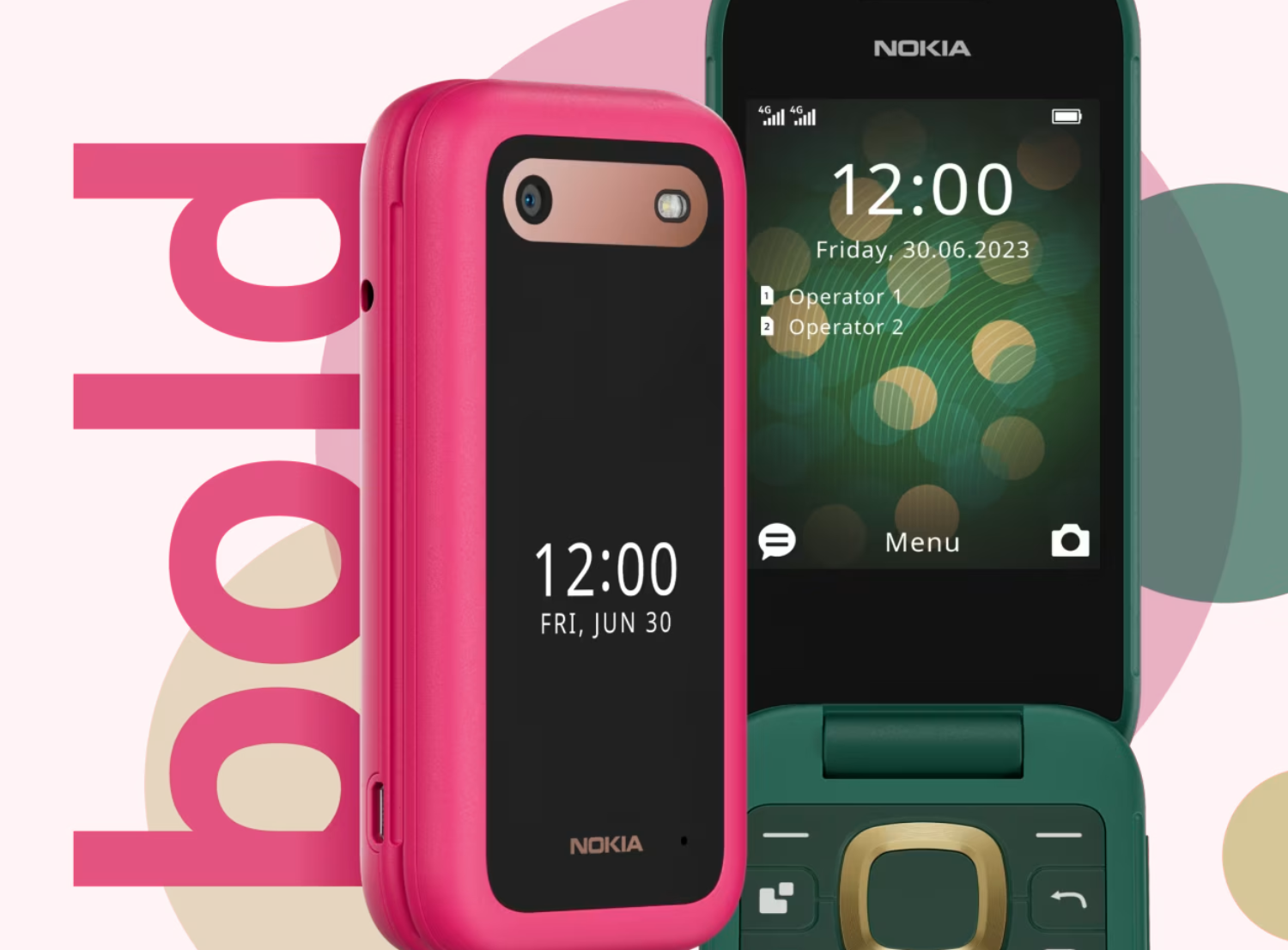
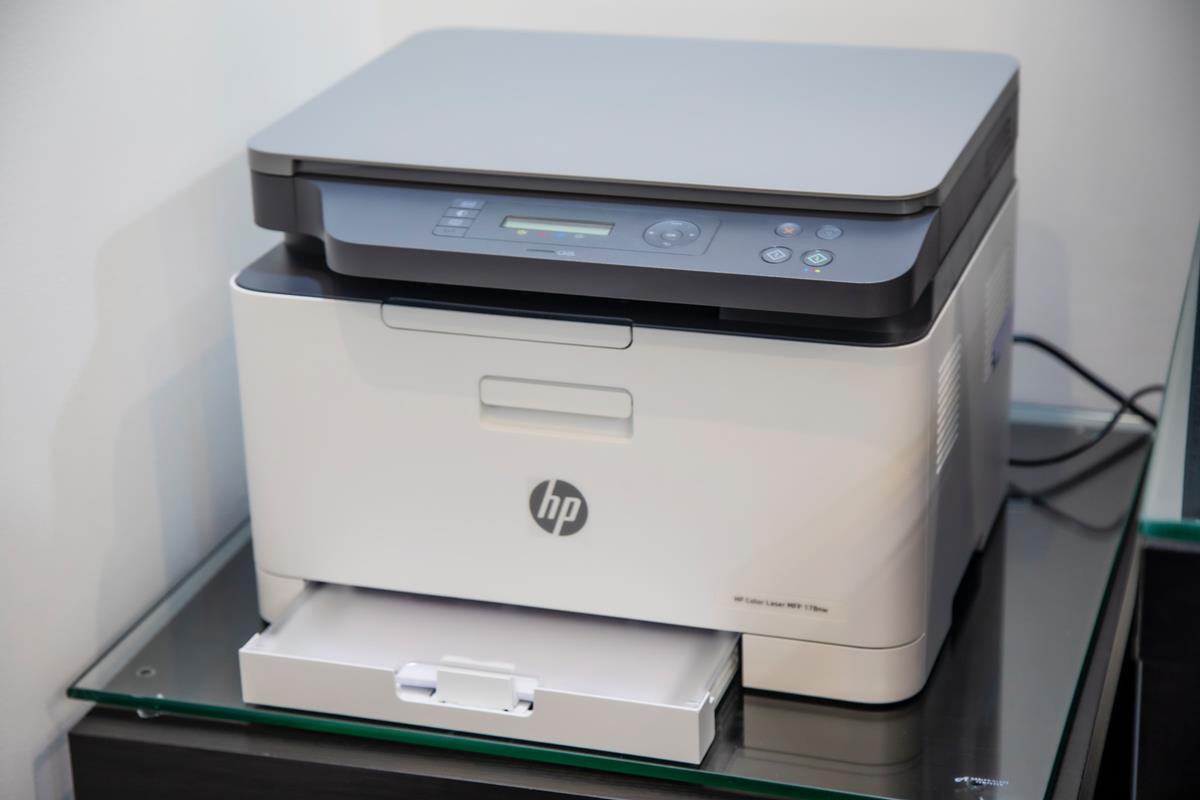
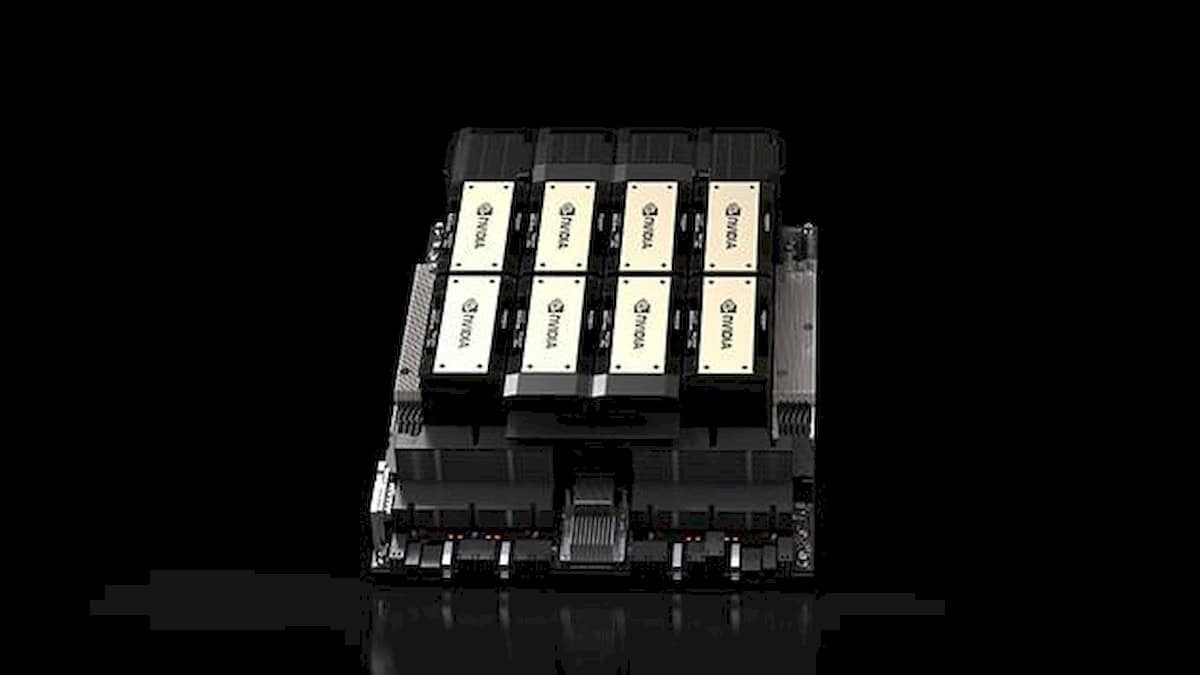
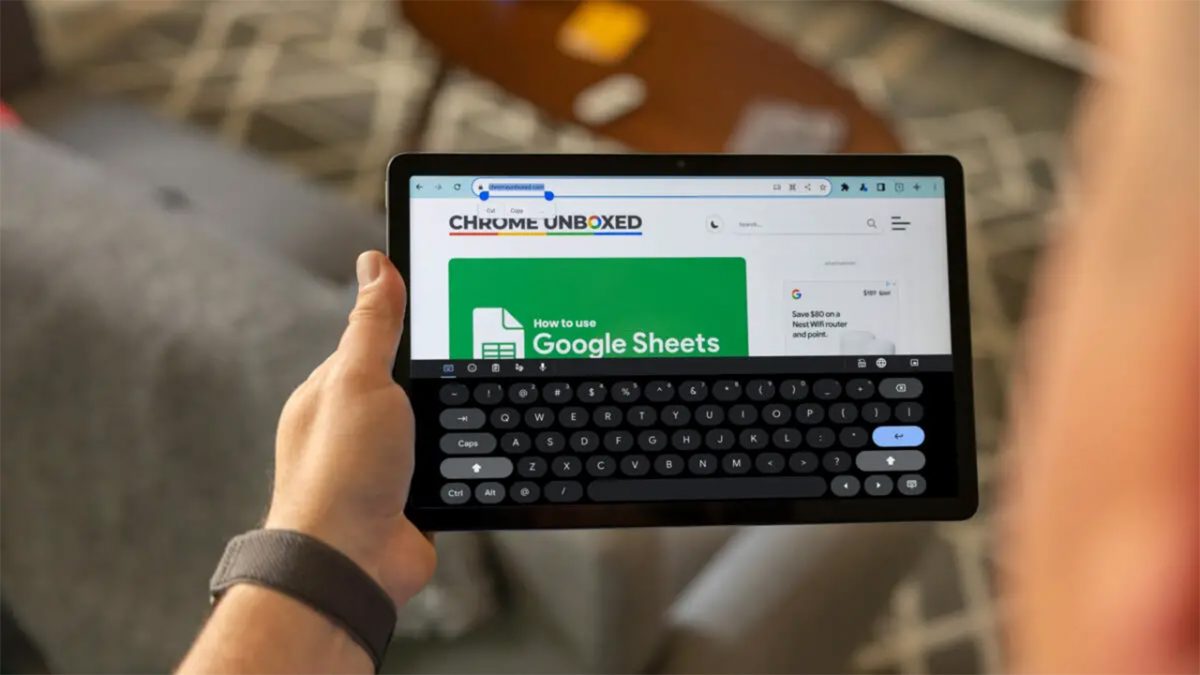
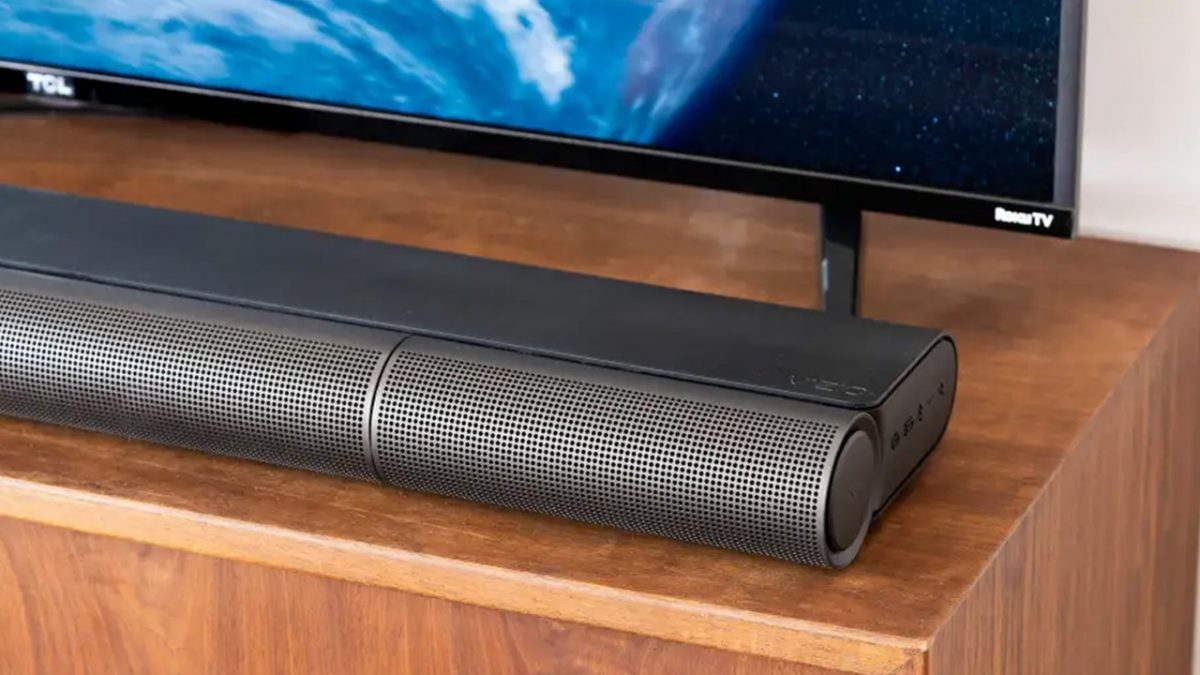
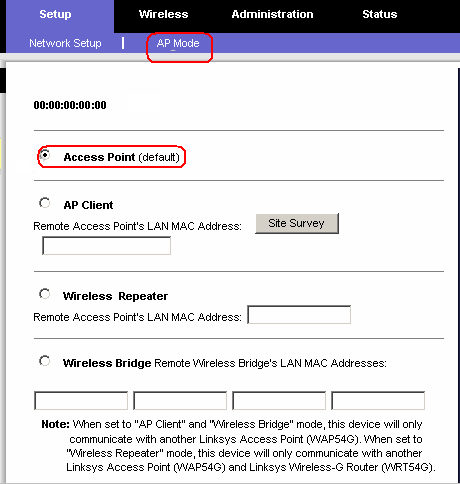
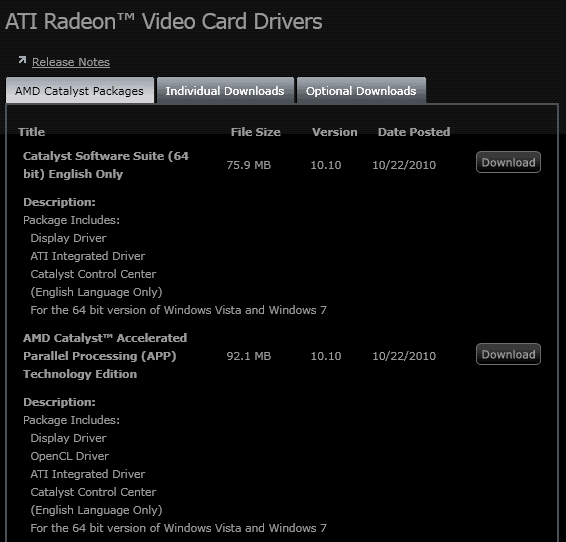










About Solid State Drives : choose carefully which SSD brand is embeded since it can affect specific applications. From my own experience, I can tell that the Sandisk U100 SMG2 in my Samsung laptop doesn’t play well with Apache (even after proper setting and tweaking) but is excellent in everything else. Using the same installation on an “old” Sony VAIO’s with native SSD doesn’t show any issue.
An important point, if you are using a laptop as such, is to check areas that get warm – or even hot – especially where you put your wrists or “lap”.
A laptop that cannot keep its cool is a thing to avoid.
But no mention of OS as a consideration. Having used Linux for ten years I would not want to deal with the problems inherent in Windows like viruses, malware and having to pay for software. Much rather have a notebook that came with no OS and was Linux friendly or came with a flavor of Linux you could easily replace with you favorite Linux OS.
Agreed, Ray. I think that in a few months or a year most of the difficulties of Linux installs with UEFI and GPT-formatted disks will be worked out. We can hope. Earlier today I booted to Win 7 to install the latest Patch Tuesday updates, and my anti-virus got hosed somehow. Had to uninstall it and then re-install from a fresh download. Silly Windows. *shrug* But OSes are more and more like browsers now: switch back and forth for different purposes. And so a prime criterion is hardware that can support OS-switching. IMHO.
On the Microsoft Store site, you can buy the ASUS Transformer T-100 without any junkware in 64GB for only $399 — this is by far the best convertible Tablet+Netbook out there. Take a look at the specs for what you get = full Windows 8.1, Office, and it is not underpowered. Great battery life and it is really light both in netbook connected mode, or as a tablet. This is going to sell like hotcakes. ASUS has another winner.
On the same site I found a few laptops around $400 range, but I think they all are Win 8 , which means an update to Win 8.1. I say try to get Win 8.1 — it is tested on the machine, no possible upgrading problems, and you are good to go.
If you Mom uses Google Chrome browser, then the Acer Chromebook 720 looks like good specs, if both taking in on the road and hooking up with monitor at home. For best screen the hp 11 takes the prize. It is not for sale until the issue with charger fires is taken care of — they will just find a different charger or supplier. This is a smaller 11″ screen but sharp and colorful. Price Acer 720 $250 and hp is $279.
BestBuy will have the Windows 8RT on sale for $199, but it is limited RT apps, and running a version of Office, but nothing else on desktop – all the rest is Modern apps, otherwise known as Metro apps.
System 76 makes a top of the line quality Ubuntu Linux laptop.
I am typing this on a Mac Mini — really nice little desktops – cigar box sized desktop. $599 +.
Battery life is always my first priority. I don’t want to be tethered to a cable when I use my laptop. Since our company allows BYOD, I must have a notebook that is portable and has a long battery life. Anything less than 6 hours of practical battery use is useless to me. Right now I’m still rocking an HP dm1z (AMD E-350) that ekes out 6 1/2 hours on power saving mode with wifi constantly on.
I’m waiting for a worthy replacement, perhaps one of those newfangled Haswell laptops.
I buy a lot of laptops for work and these are all good points.
In order, I ask the following:
“What OS?” (note: Mac, Win7, Linux are their only options — I refuse to support 8)
“What size screen do you need?”
“Glossy or matte?”
“How important is weight?”
“How important is battery life?”
It’s usually nailed down before I get to the end of this short list. Frankly, I’m buying machines that need to hold up for several years of hard use, so I max out RAM and CPU for the desired unit and I buy mostly Apple or Lenovo. The build quality of everything else is just too shoddy.
And for the person looking for a previous-generation netbook: I adore my S205. It ran Win7 fine, dazzled with Fedora 16/XFCE and is really zippy with the latest Xubuntu; Mint left me with a wonky trackpad and I’m terribly unhappy with Fedora 17-19.
For some people, battery life may be so important that it maybe it deserves to be a separate point here. This also includes matters like how easy or difficult it is to change an empty battery for a spare one.
A small point, under keyboard: for people who often use their laptop in bed or in other semi-dark situations, a backlit keyboard (illuminated keys, that is) may be a really, and I mean really important feature to add to the checklist.
I too have been on the hunt for a notebook. For me, having Windows plus Linux plus boot-from-thumbdrive is optimal. While I’ve installed dual-boot on one UEFI machine, I’m a little twitchy about specifics (GPT and Windows 8, mostly). And then there are Chromebooks, which are light and cheap, but may not be OS-agnostic at all. These considerations may come into play for others.
I’m seriously thinking about a reconditioned notebook or netbook that predates the more recent versions of UEFI implementation. Or waiting until it’s clear that there are good ways to do what I want on the hardware I’m interested in. Seems that the industry is in a period of fast flux right now. If one has the luxury of waiting 6 months or a year, that might be the thing to do.
Screen Resolution if you’re buying a netbook – make sure you have at least 1024 x 768 or more. Otherwise, you can’t install Windows 8 or some software doesn’t fit the screen.
Dell outlet is a good place to buy if you don’t mind refurbished notebooks.
This one is a pet peeve of mine (and obviously I’m far from being alone in this). I recently purchased a laptop, well, 2 laptops to be exact. At first blush, the first one appeared to be awesome. AMD A10 CPU, 8GB RAM, 1TB HD, AMD video chip, super light and thin, good battery life…I thought I was in laptop heaven, that is, until I used it for a while. That’s when I realized I had to constantly scroll up and down to see normal things like option panels in programs. It had been a long time since I had even looked at laptops, much less shopped for them, so I got sucked into a current (bad) trend. The screen resolution was only 1366×768 and this was on a 15.5″ screen. How they tricked me was they did not advertise the resolution. I had to look it up on the manufacturer’s website. I couldn’t imagine that a screen that big could have resolution that low. Even my 7″ tablet has 1920×1024, so I don’t understand this laptop trend. Even Windows 8 complained that my resolution was too low. (It said the recommended minimum was 900 vertical.) It was an incredible pain to use, so I took it back and got something with similar specs, but a 1920×1024 screen. Cost me about $300 more, but at least it’s usable. (It did have a couple of things that the other laptop didn’t have, like an optical drive and a faster CPU, so all of the extra cost wasn’t the screen, but based on comparison prices, it was the bulk of it.)
So as doog said, watch the resolution. The run of the mill laptop these days as terrible resolution. I definitely recommend spending the extra money to get a higher res screen. You’ll be glad you did.
I think Jim’s point is that the seller deliberately failed to disclose a known weakness in the system. Sure, you can right click on the desktop and get the resolution, but you shouldn’t have to buy the system, take it home, unpack it and set it up only to discover that the resolution is not up to current standards.
Lesson: If it’s the lowest priced item on the shelf, there’s a reason for that. Before you buy it, find out why the price is so low.
No, you do not have to look it up on a website. Right click on desktop, then look for display settings. The recommended setting is right there. Or search on your computer for display settings. Anyway, all OS will tell you the settings. What you got is pretty typical for the lower price range on a laptop. On a tablet you will get a higher resolution, but less in the way of specs when compared to laptops — less functionality. You can get retina display on a Mac, which is very nice, but very costly. If you hook your laptop up on an external monitor, you can get higher resolution — ( usually ) check this with the manufacturer, or just hook one up to try it out. The HDMI out is the way to go.
Added, thanks.
Ports: What do you want to connect your computer up to? E.g., Do you do presentations that require connecting your computer to a projector with a VGA connection? Do you want to link your computer to an HDMI connection on your TV? Yes, there are adapters for such things, but it’s always nice not to have to fool with them.
Good point. I have added it to the guide.